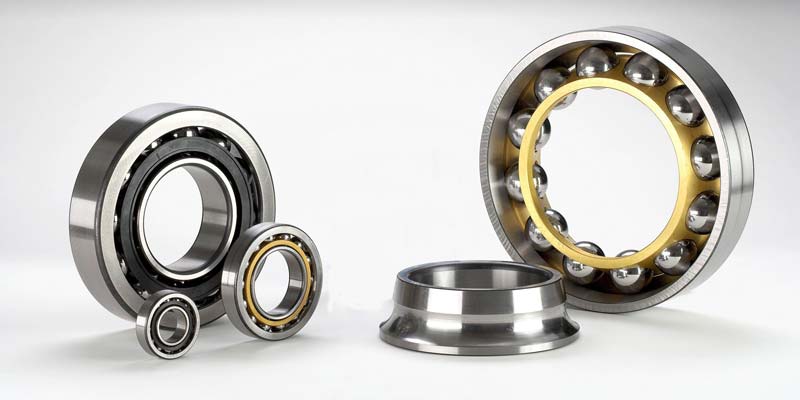- Contact Innally, Let you purchase forgings in China more favorable prices, products more assured!
- Hotline:+(86)15038323776 Email:innally@innally.com
Use and classification of bearings
- Category: Bearing forging, Stainless steel forging
- |
- Date: 16/08/2023
the classification of bearings is mainly based on different working principles and structural forms, and each type of bearing has its unique advantages and applicability in different application fields and working conditions. According to the specific mechanical device and working requirements, the selection of the appropriate bearing type is an important factor to ensure the normal operation of the equipment and extend the service life.
- On-demand customization
Product Details
Bearings are important components used to support and turn rotating parts in mechanical devices, which can reduce friction between mechanical parts and make them run more smoothly. Bearings are widely used in various mechanical equipment and industrial fields, such as automobiles, aerospace, electric power, metallurgy, petroleum and so on.
According to different working principles and structural forms, bearings can be divided into a variety of classification methods. The following are common bearing classifications:
Rolling bearings: Rolling bearings reduce friction by rolling a rolling element (such as a ball, roller or roller) between the inner and outer rings. Common rolling bearings are deep groove ball bearings, cylindrical roller bearings, angular contact ball bearings, tapered roller bearings and so on.
Plain bearing: plain bearing with sliding surface (such as sliding film, lubricant, etc.) to reduce friction. They are usually used at high loads or low speeds. Common sliding bearings are sliding sleeve bearings, sliding balance block bearings and so on.

Spherical bearings: spherical bearings combine the characteristics of rolling bearings and plain bearings, which can withstand both large radial loads and certain axial loads. Common spherical bearings are spherical rolling bearings, spherical plain bearings and so on.
Non-standard bearings: In addition to the above common bearing types, according to the specific application needs, you can also design and manufacture a variety of non-standard bearings. These non-standard bearings are usually customized according to the working conditions of the specific equipment, size requirements or special environmental factors.
In short, the classification of bearings is mainly based on different working principles and structural forms, and each type of bearing has its unique advantages and applicability in different application fields and working conditions. According to the specific mechanical device and working requirements, the selection of the appropriate bearing type is an important factor to ensure the normal operation of the equipment and extend the service life.
nannan
INNALLY mainly provides you with various types of cast and forged parts products. Welcome your inquiries! innally@innally.com
Related Products
Search
Forging center
- Steel forgings
- Aluminium alloy forging
- Titanium alloy forging
- Stainless steel forging
- Copper forging
- Automotive forgings
- Locomotive forging
- Bicycle forgings
- Motorcycle forging
- Rigging and fasteners
- Bearing forging
- Electric power fittings
- Marine forging
- Mechanical forgings for metalworking
- Mining machinery forgings
- Marine engineering forgings
- Construction machinery forgings
Popular product

© 2025. All Rights Reserved.






